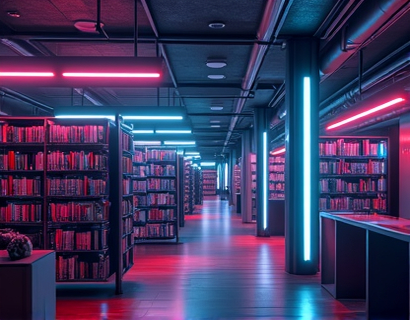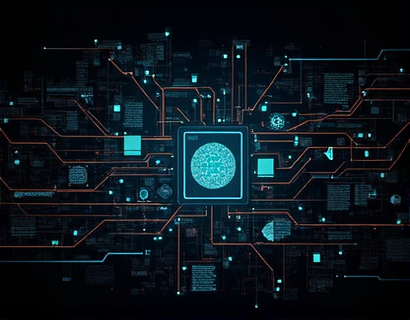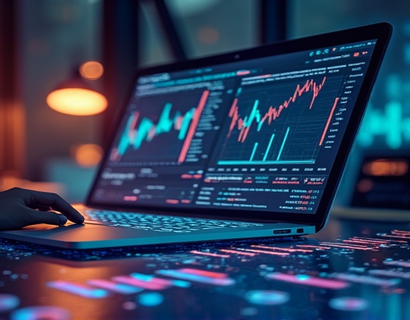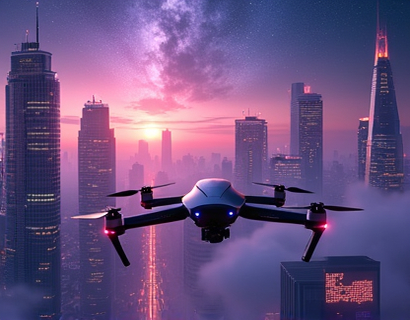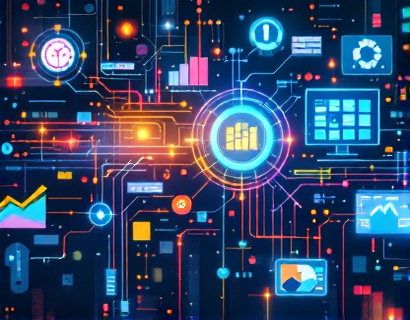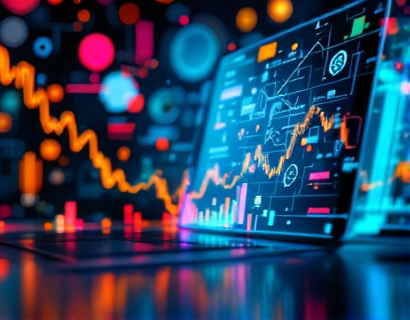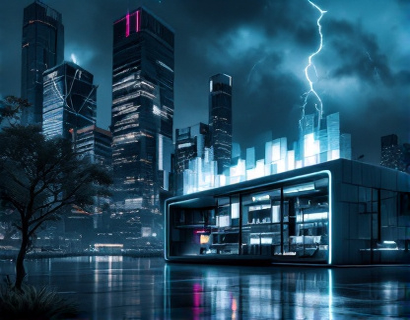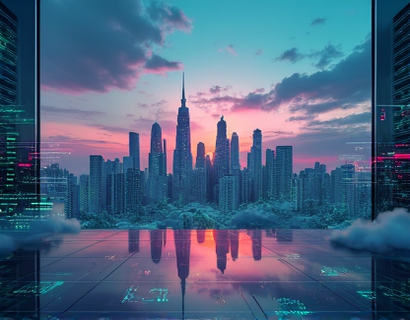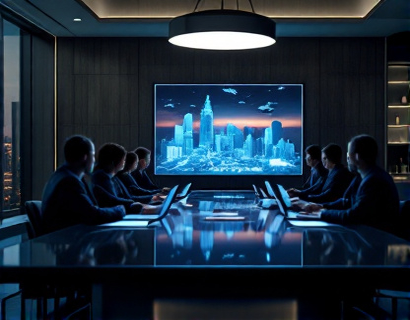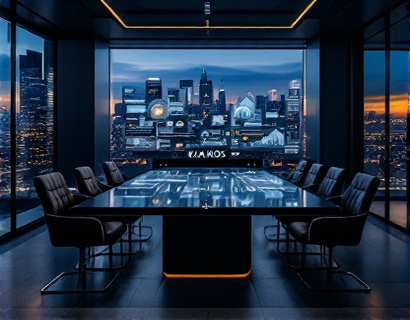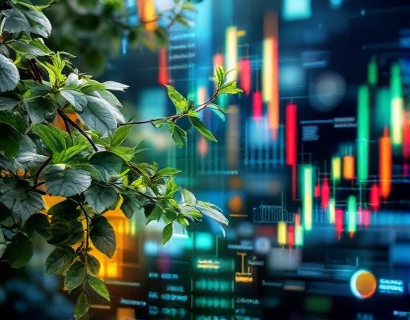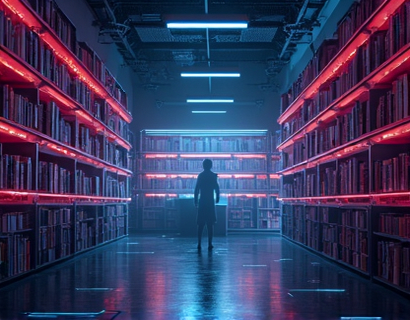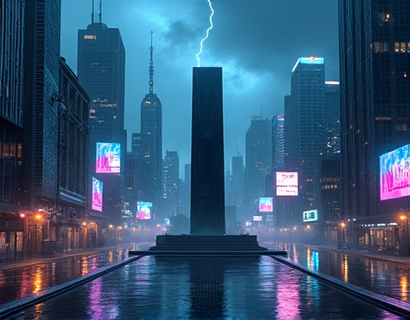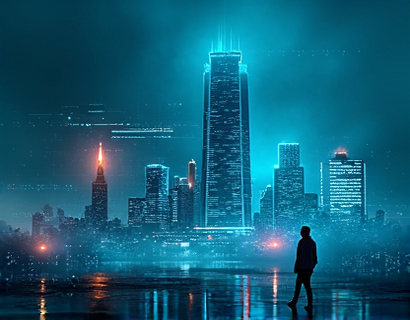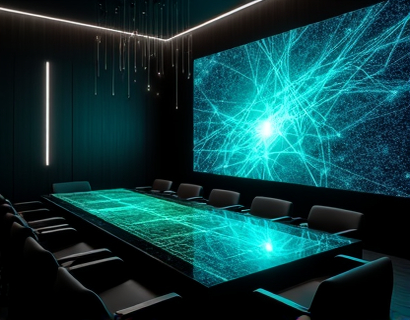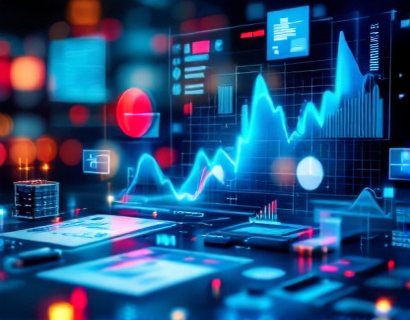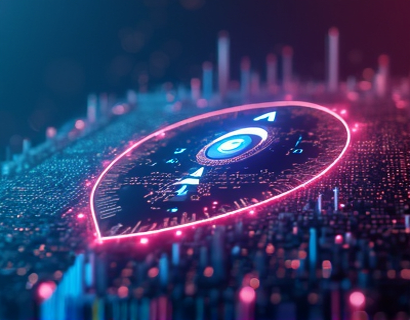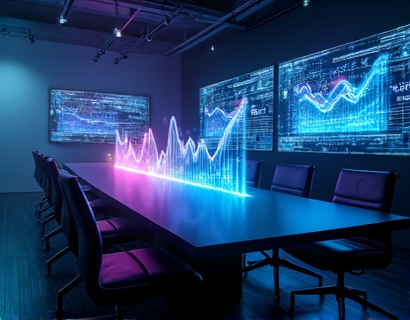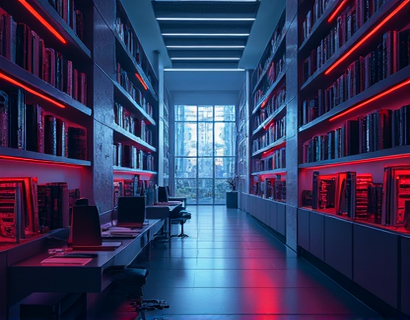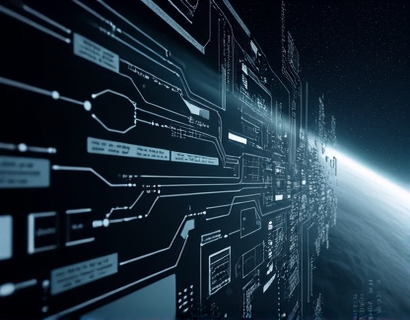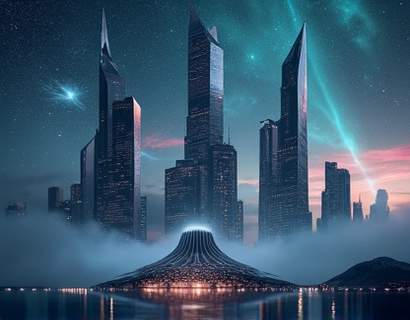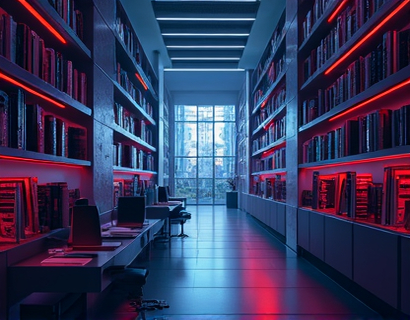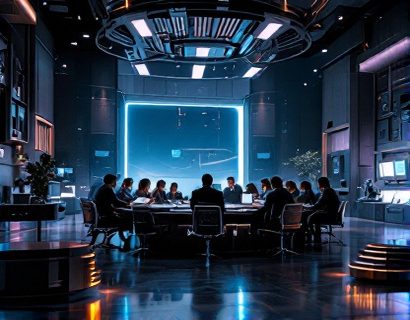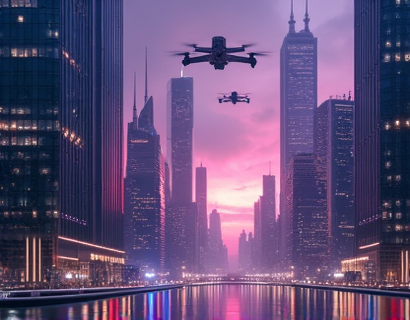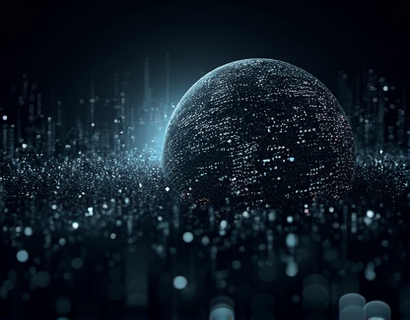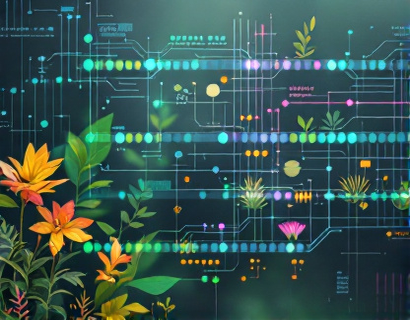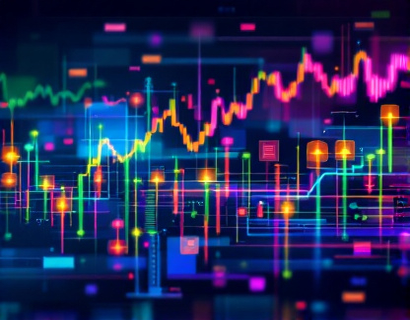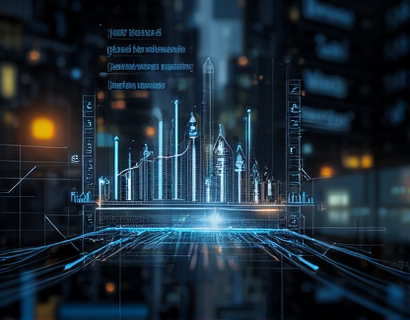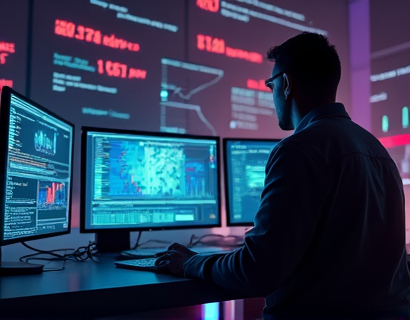Unlocking Digital Transformation: Converting Physical and Digital Assets into Enchanted Collectibles
In an era where technology and creativity intersect, the concept of digital transformation has opened new avenues for individuals and communities to reimagine and repurpose their unique possessions. This article delves into the transformative journey of converting physical and digital assets into captivating digital collectibles, leveraging advanced online solutions to enhance value and allure. By joining a vibrant community of creative visionaries, users can unlock endless possibilities where artistry and technology converge, bringing their assets to life in the digital world.
The idea of digital collectibles is not new, but the methods and platforms that facilitate this transformation are evolving rapidly. Traditional collectibles, such as trading cards, figurines, and rare coins, have found a new life in the digital realm. These digital counterparts offer unique advantages, including ease of storage, global accessibility, and the potential for dynamic interaction and enhancement. The process of converting physical and digital assets into digital collectibles involves several steps, each leveraging cutting-edge technology to preserve and amplify the original item's essence.
Understanding Digital Collectibles
Digital collectibles are virtual items that hold value and appeal similar to their physical counterparts. They can range from simple digital images to complex, interactive experiences. These collectibles often reside on blockchain platforms, ensuring authenticity, scarcity, and ownership verification through cryptographic means. The use of blockchain technology provides a secure and transparent way to manage digital assets, making them a trusted choice for collectors and enthusiasts.
The allure of digital collectibles lies in their unique properties. Unlike physical collectibles, digital versions can be easily shared and experienced across various devices and platforms. They can also be enhanced with interactive features, such as augmented reality (AR) and virtual reality (VR) experiences, which add layers of depth and engagement. This fusion of technology and art creates a new dimension for collectors, allowing them to own and interact with items in ways previously unimaginable.
The Transformation Process
The journey of transforming physical and digital assets into digital collectibles begins with selection and digitization. Users can choose from a wide array of items, including photographs, artwork, documents, and even 3D models. The first step involves high-quality digitization, ensuring that the digital representation accurately captures the original item's details and nuances. Advanced scanning and imaging technologies play a crucial role here, providing high-resolution images and detailed 3D models that preserve the item's integrity.
Once the asset is digitized, the next step is to create a digital token or NFT (Non-Fungible Token). NFTs are unique digital certificates stored on a blockchain, which verify the ownership and authenticity of the digital collectible. This process involves several technical steps, including choosing the appropriate blockchain platform, writing smart contracts to define the collectible's properties, and minting the NFT. The smart contract ensures that the collectible's metadata, such as description, creator, and ownership history, is securely stored and verifiable.
Enhancing Value and Appeal
To truly unlock the potential of digital collectibles, it is essential to enhance their value and appeal. This can be achieved through various means, such as adding unique features, creating limited editions, and fostering a community around the collectible. For instance, incorporating interactive elements like AR experiences can make the collectible more engaging and valuable. Limited editions, where only a certain number of collectibles are created, add a sense of exclusivity and scarcity, driving demand and value.
Community engagement is another critical factor in enhancing the appeal of digital collectibles. By joining a community of like-minded enthusiasts, users can share their creations, participate in discussions, and collaborate on new projects. This community aspect not only provides support and inspiration but also helps in building a reputation and network within the digital collectibles space. Platforms that facilitate these interactions are vital in creating a thriving ecosystem for digital collectibles.
Advanced Online Solutions
Advanced online solutions are at the heart of this digital transformation process. These platforms provide a comprehensive suite of tools and services to support every step of the journey, from digitization to tokenization and community building. One such solution is an online portal designed to streamline the conversion process, offering user-friendly interfaces and robust backend capabilities.
This portal allows users to upload their assets and select the desired format for the digital collectible. It provides pre-built templates and customization options to ensure the final product meets the user's vision. The platform also integrates with blockchain services to handle the minting of NFTs, ensuring a seamless and secure experience. Additionally, the portal offers educational resources and tutorials to guide users through each step, making the process accessible to both tech-savvy individuals and those new to digital collectibles.
Digitization Tools
High-quality digitization is the foundation of a successful digital collectible. The portal includes advanced digitization tools that support various file formats and resolutions. For photographs and 2D artwork, high-resolution scanners and image processing software are available to capture every detail. For 3D models and physical objects, the portal integrates with 3D scanning devices and software, allowing users to create detailed and accurate digital representations.
Another important aspect is the ability to enhance and edit the digitized assets. The portal provides a suite of editing tools, including color correction, retouching, and augmentation. These tools enable users to refine their digital collectibles, ensuring they meet the highest standards of quality and presentation. For instance, a user can adjust the lighting and shadows in a photograph to create a more dramatic effect or add textures to a 3D model to make it more lifelike.
Tokenization and Smart Contracts
Once the digital collectible is ready, the next step is to create an NFT and establish its ownership and properties. The portal guides users through the tokenization process, starting with the selection of a blockchain platform. Popular choices include Ethereum, Binance Smart Chain, and Solana, each with its own advantages in terms of transaction fees, speed, and community support.
Smart contracts play a crucial role in defining the rules and behaviors of the NFT. Users can write custom smart contracts to set attributes such as ownership transfer conditions, royalties for secondary sales, and unique properties of the collectible. For example, a digital artwork NFT can be programmed to distribute a percentage of any future sale to the original creator. The portal provides templates and examples to help users create effective and secure smart contracts, even for those with limited programming knowledge.
Community and Marketplace Integration
Building a community around digital collectibles is essential for their success and value. The portal includes features to foster community engagement, such as forums, galleries, and marketplaces. Users can showcase their collectibles, share creation processes, and receive feedback from peers. These interactions not only enhance the user experience but also help in building a reputation and attracting potential buyers.
The marketplace aspect of the portal allows users to list their digital collectibles for sale or trade. The platform ensures secure transactions through the use of blockchain technology, providing transparency and trust. Buyers can browse collections, view detailed information and images, and complete purchases using cryptocurrency or traditional payment methods. Sellers receive instant verification of ownership transfer and can track the history of their collectibles.
Use Cases and Applications
The applications of digital collectibles extend beyond mere digital representations of physical items. They find use in various domains, including art, gaming, real estate, and even personal identity verification. For artists, digital collectibles offer a new way to monetize their work and reach a global audience. In gaming, NFTs can represent unique in-game items or characters, providing players with tangible assets that hold value outside the game.
In real estate, digital collectibles can represent properties or land parcels, simplifying ownership and transfer processes. For personal identity verification, digital collectibles can serve as secure and portable identity tokens, reducing the need for physical documents and enhancing privacy.
These use cases highlight the versatility and potential of digital collectibles, demonstrating how they can transform various industries and create new opportunities for creators and users alike.
Challenges and Considerations
While the potential of digital collectibles is vast, there are several challenges and considerations to keep in mind. One of the primary concerns is the technical complexity involved in the transformation process. Users need access to the right tools and knowledge to digitize their assets effectively and create high-quality NFTs. This is where advanced online solutions and community support play a crucial role in democratizing access to these technologies.
Another challenge is the regulatory landscape surrounding digital assets and NFTs. Different regions have varying laws and regulations, which can impact the creation, trading, and ownership of digital collectibles. Users should stay informed about the legal requirements in their jurisdiction and ensure compliance to avoid any issues.
Environmental concerns related to blockchain technology, particularly proof-of-work blockchains, are also worth considering. The high energy consumption associated with mining can be a drawback. However, many platforms are moving towards more sustainable blockchain solutions, such as proof-of-stake, to mitigate this impact.
Conclusion
The journey of transforming physical and digital assets into enchanted digital collectibles is a testament to the power of innovation and creativity. By leveraging advanced online solutions, users can unlock new dimensions of value and appeal, joining a vibrant community of creative visionaries. As the digital collectibles space continues to evolve, the possibilities for artistic expression and economic opportunity are boundless. Embracing this transformation not only enhances the value of unique possessions but also contributes to a more interconnected and dynamic digital world.



